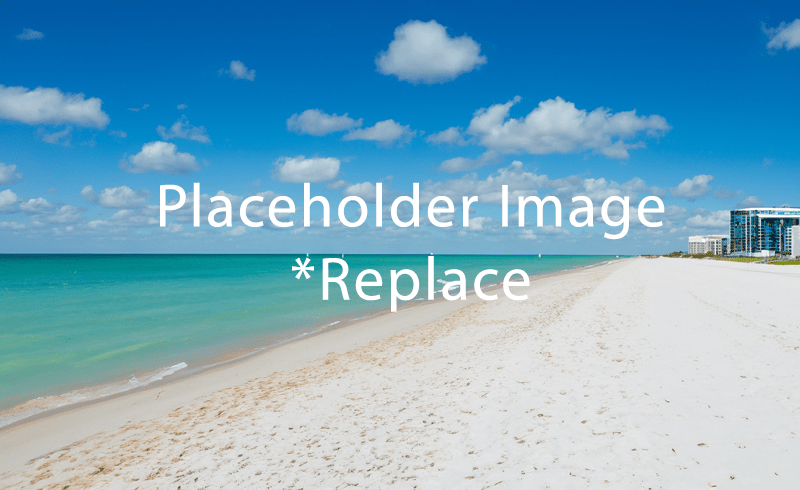For entrepreneurs considering entry into the cannabis vapor industry, the allure lies in strong consumer demand and consistently high retail prices. However, beneath that appeal are complex cost structures and margin considerations that determine whether a venture thrives or struggles. Breaking down the numbers provides a clearer view of where profits are earned—and where risks emerge.
Upfront Investments
Licensing and compliance:
No cannabis business begins without navigating regulatory hurdles. State licensing fees typically range from $5,000 to $25,000, with additional local permits sometimes pushing costs higher. Compliance software, seed-to-sale tracking, and required third-party lab testing also represent recurring expenses that entrepreneurs must factor into long-term budgets.
Production equipment and facilities:
For those planning in-house extraction or cartridge filling, initial investments can be significant. Extraction equipment can run from $50,000 for small setups to several hundred thousand dollars for high-capacity systems. Filling machines and quality control tools add to startup expenditures but are essential for scaling efficiently.
Per-Unit Costs
Cartridge hardware:
Most vape hardware is imported, with price points reflecting quality. Basic cartridges can cost under $1.00 each, while premium ceramic or glass units average $2.00–$3.00. Entrepreneurs aiming at luxury consumers often choose higher-end hardware to minimize defects and establish brand credibility.
Cannabis oil:
The largest recurring cost is cannabis oil itself. Prices vary by extraction type and quality. Distillate averages $3,500–$5,500 per liter, while live resin or rosin extracts command higher premiums. A liter produces around 2,000 half-gram cartridges, translating to $1.75–$2.50 in oil per unit.
Packaging and branding:
In a crowded marketplace, packaging is often the difference between a product that moves and one that sits. Custom packaging with child-resistant features costs $0.50–$1.50 per unit. Effective branding campaigns may add tens of thousands annually but can drive significant retail markup.
Distribution and Retail Economics
After production, products move through distributors, who usually take margins of 15–25% for compliance handling, logistics, and sales. Once on dispensary shelves, retailers apply substantial markups—often 80–120%—to cover operating costs and take advantage of consumer demand.
To illustrate:
- Production cost per half-gram cartridge: $6.50–$8.00
- Wholesale price to distributor/retailer: $12–$15
- Retail shelf price: $30–$40
The cumulative markup from raw materials to consumer purchase can exceed 300%, but each stage has its own margin pressures.
Margin Opportunities and Challenges
Entrepreneurs who manage to produce at scale enjoy healthy gross margins. At the wholesale level, margins of 40–50% are achievable on standard distillate cartridges, with premium products offering even more. Still, volatility in oil pricing and fluctuating consumer preferences can quickly compress profits.
Scaling plays a major role in protecting margins. Bulk hardware purchasing, larger batch testing, and in-house oil production reduce per-unit costs. Many operators also white-label products for smaller brands, maximizing facility utilization while creating additional revenue streams.
The Bigger Picture
The cannabis vapor market continues to expand, but success requires careful financial planning. Licensing, compliance, and quality packaging are non-negotiable, while efficient operations and strong branding can determine whether a business competes on price or premium appeal. For entrepreneurs willing to invest in scale and stay agile in a shifting regulatory environment, margins remain attractive—and the path to profitability, while complex, is highly achievable.

